Soluções
A Horse Construction oferece uma ampla gama de materiais de reforço estrutural, incluindo suporte técnico, suporte de documentação, suporte de produtos, suporte de software e suporte de projeto.
Analysis Of The "short-lived" Problem Of Carbon Fiber Reinforcement
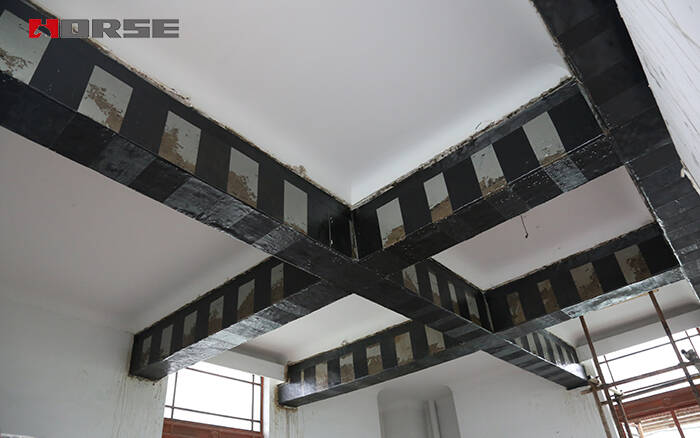
The externally attached carbon fiber cloth reinforcement technology is a reinforcement technology that uses an adhesive (commonly used epoxy resin) to impregnate the carbon fiber cloth on site and paste it to the surface of the reinforced structure to improve the bearing capacity of the structure. Because carbon fiber has the advantages of light weight, high strength, corrosion resistance, etc., and the construction process is simple, it has gradually become one of the mainstream reinforcement technologies.
However, with the continuous practice of this technology, some bridge structures with short reinforcement years (5-10 years) were found to have quality problems such as breakage or peeling of the externally attached carbon fiber cloth. It is far from meeting the requirements of the design service life after reinforcement stipulated in the specification, which seriously affects the structural safety.
What is the reason for the "short-lived" problem due to the early failure of carbon fiber cloth reinforcement?
The carbon fiber cloth reinforcement technology is to improve the stress state of the structure by pasting the carbon fiber cloth on the surface of the reinforced member. The key to effective structural reinforcement lies in the quality of the carbon fiber cloth and the reliable bonding between the carbon fiber cloth and the interface. But in practice, it is not easy to solve the above two problems.
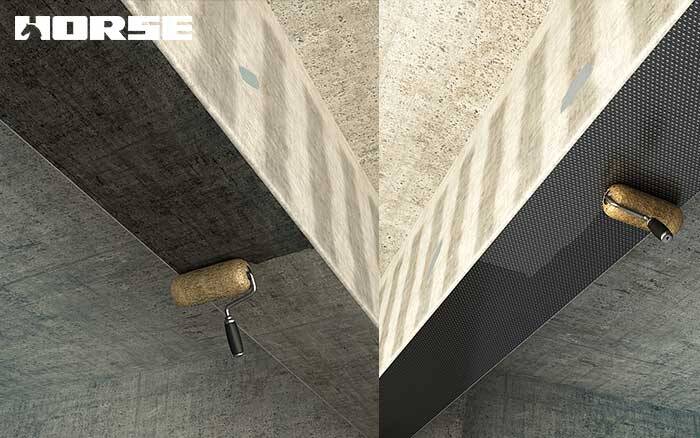
First of all, it is difficult to choose high-quality carbon cloth.
Secondly, there are many and complex factors affecting the adhesion between carbon fiber cloth and the interface.
①The performance of the supporting adhesive.
② fiber bundle force uniformity.
The carbon fiber sheet is impregnated with resin and pasted on the surface of the concrete structure at the construction site, and the formed carbon fiber sheet is prone to fiber bending. Fiber bending leads to uneven stress between fiber bundles during the stress process of fiber reinforced composites, resulting in lower tensile strength and greater dispersion. In addition, fiber bending can lead to large creep deformation under long-term loading.
③ size effect.
With the increase of length, width and thickness, the performance of carbon fiber cloth will decrease to a certain extent. Lengthwise size effects are caused by non-uniformity of bubbles along the longitudinal direction. Studies have shown that the tensile strength of 10m long carbon fiber cloth is only about 40% of that of the material specimen. In addition, the increase in width and thickness will reduce the reinforcement effect.
Therefore, the application specification requires that when using bonded carbon fiber cloth for reinforcement, it should be pasted in a denser way, rather than using the entire fabric that has not been cut into strips, and the number of layers of fiber cloth to be pasted should be controlled.
In addition, the bonding properties of carbon fiber sheet and concrete interface are affected by various on-site construction procedures, as follows. For example, the treatment of the base surface, the stiffness of the epoxy adhesive, the flatness of the base surface and other factors, such as the poor flatness of the base surface, cause the carbon fiber to bend, generate vertical stress, and cause the carbon fiber to pull out, break and other damage.
Você pode encontrar tudo o que precisa aqui. Confie e experimente esses produtos, você vai perceber uma grande diferença depois.
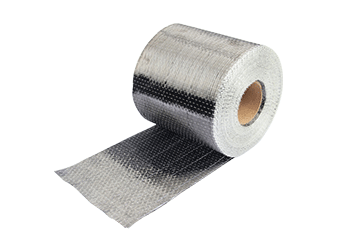
A fibra de carbono da Horse Construction é para reforço estrutural, reparo e modernização de substratos de concreto, alvenaria, aço e madeira em edifícios, pontes, rodovias, ferrovias, túneis, píeres e aeroportos civis.
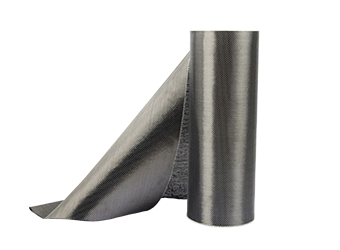
Mantas de fibra de carbono unidirecionais Tecido de fibra de carbono unidirecional Mantas de fibra de carbono unidirecionais de alta resistência pré-saturadas para formar mantas de polímero reforçado com fibra de carbono (CFRP) usadas para reparar e forta
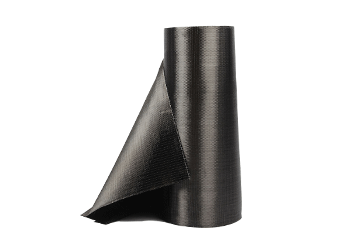
Mantas de fibra de carbono unidirecionais de alta resistência pré-saturadas para formar mantas de polímero reforçado com fibra de carbono (CFRP) usadas para reparar e fortalecer elementos estruturais de concreto.